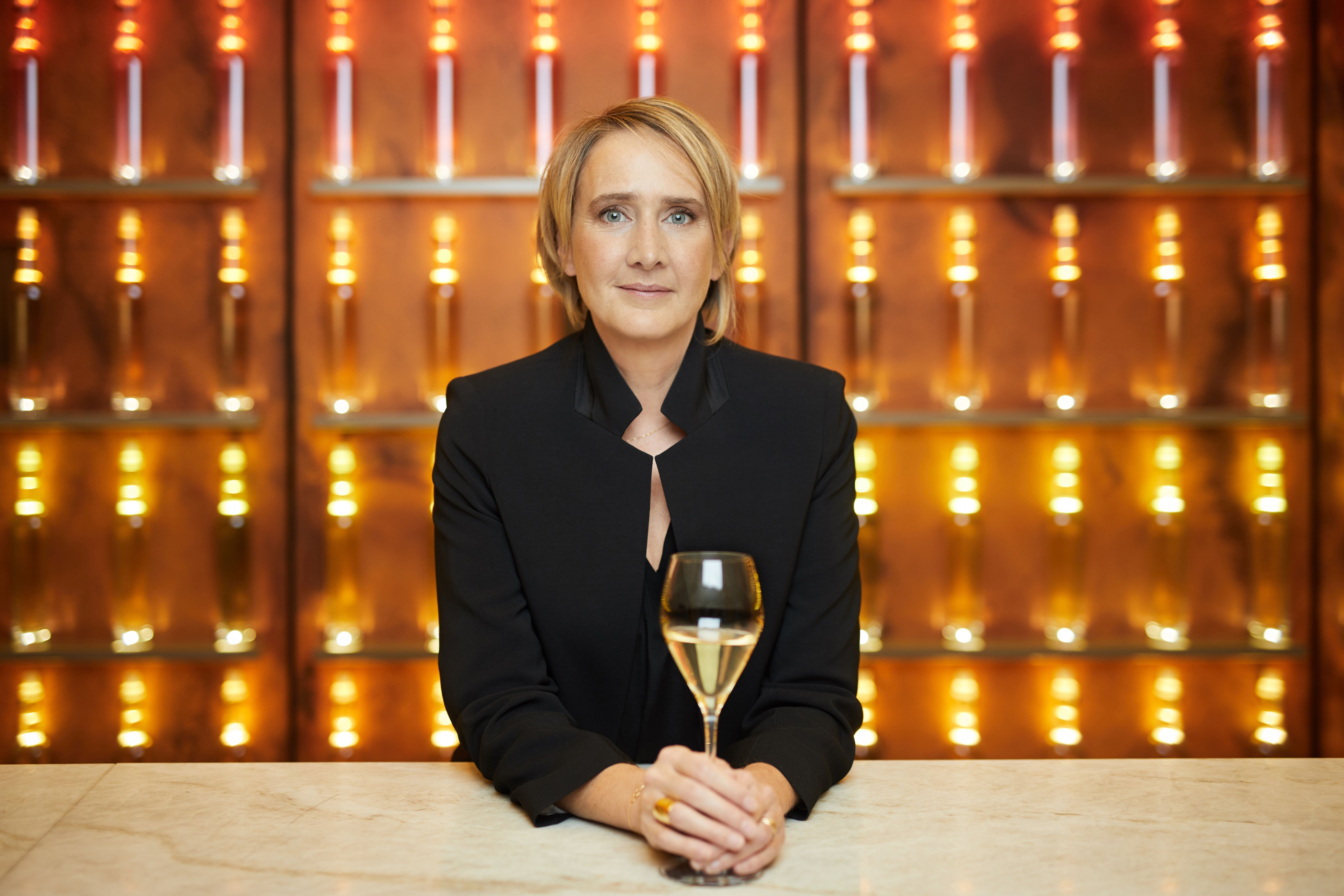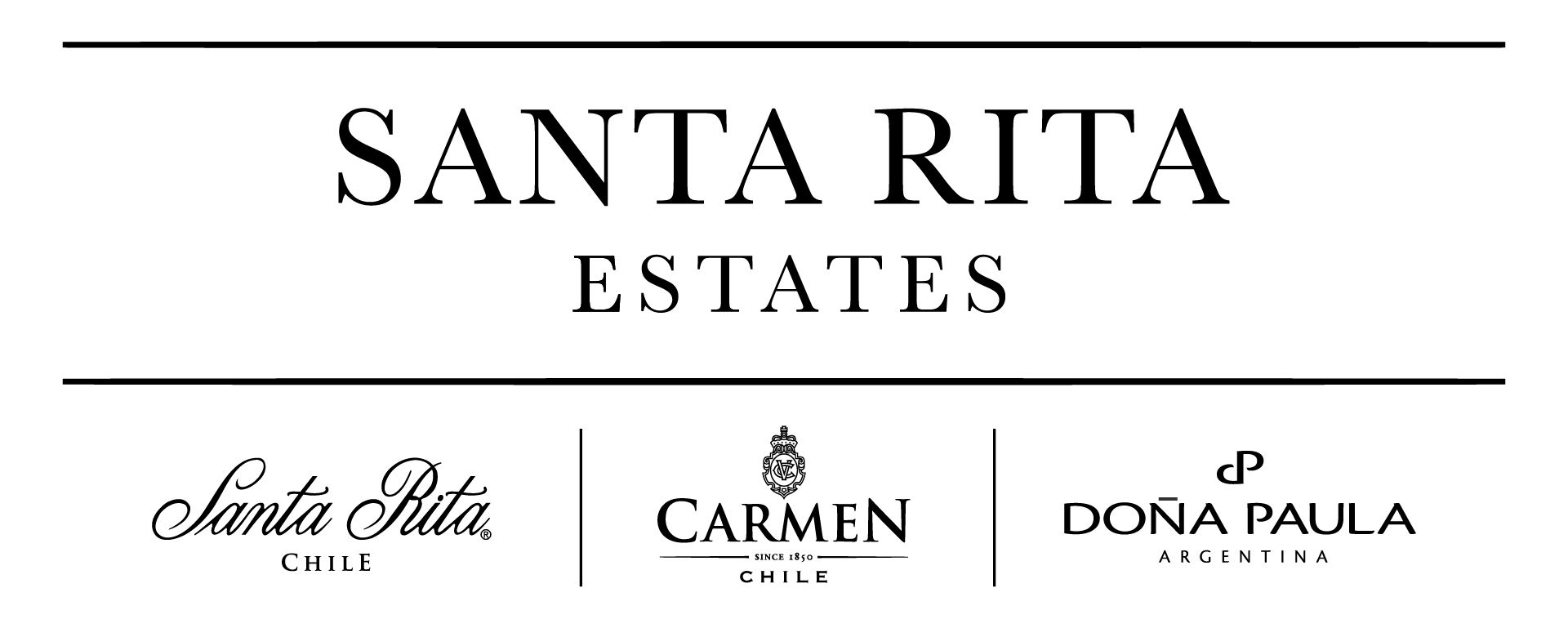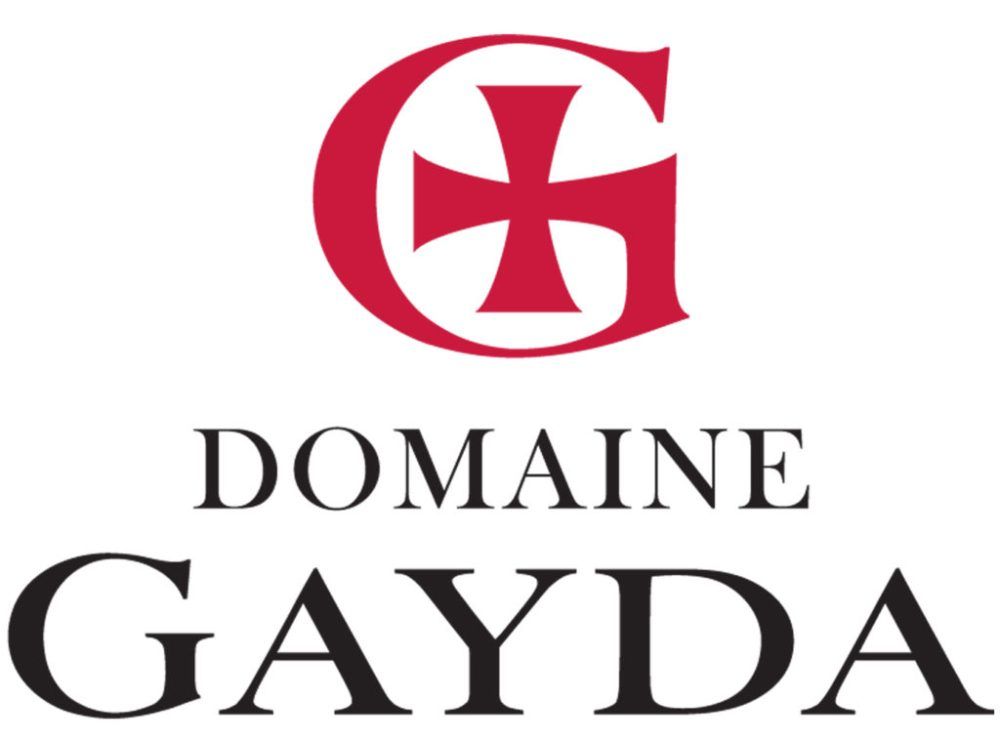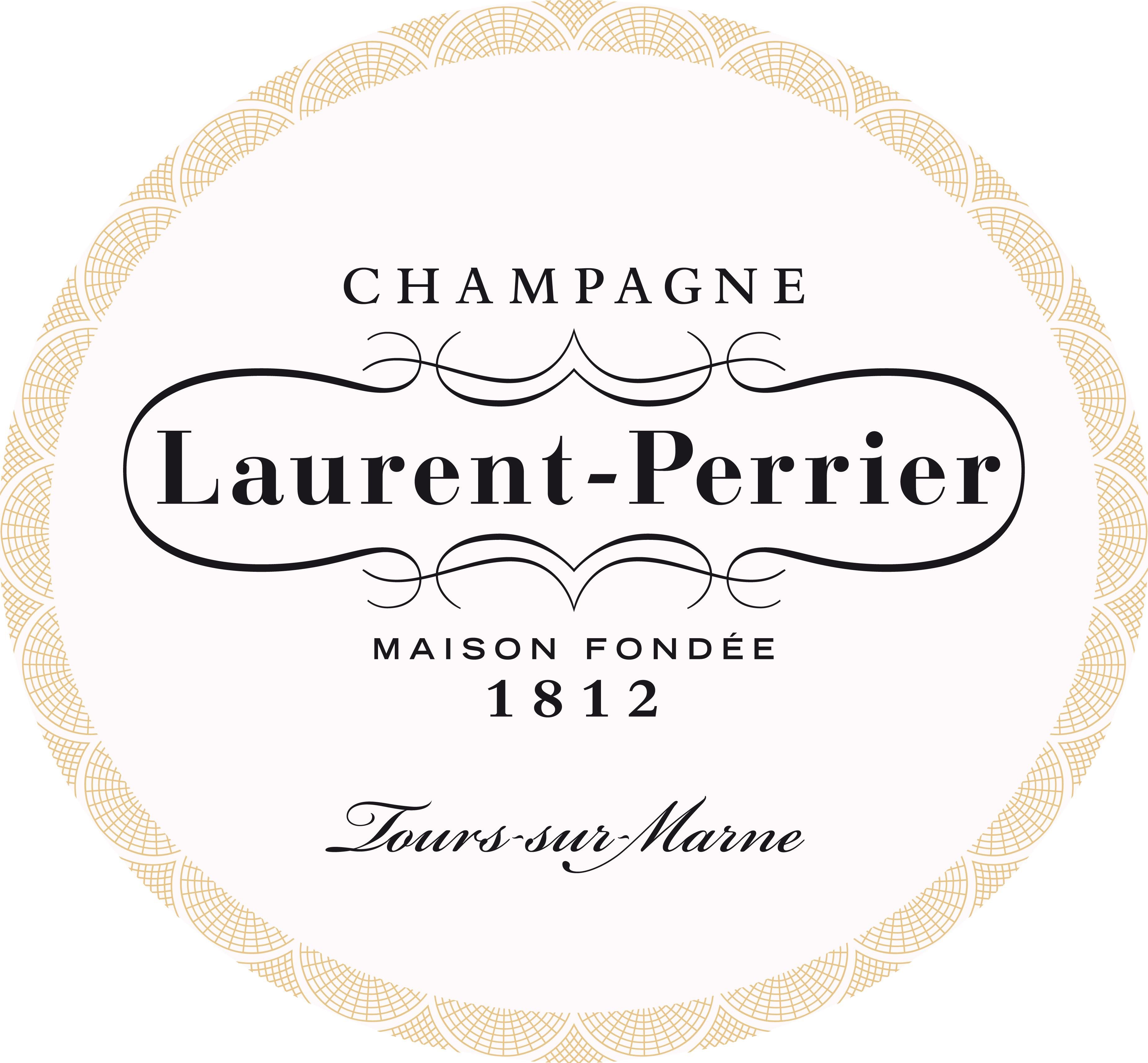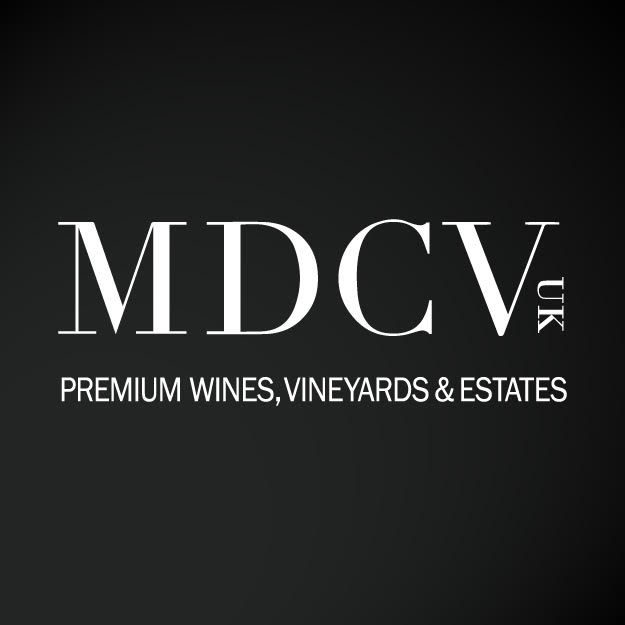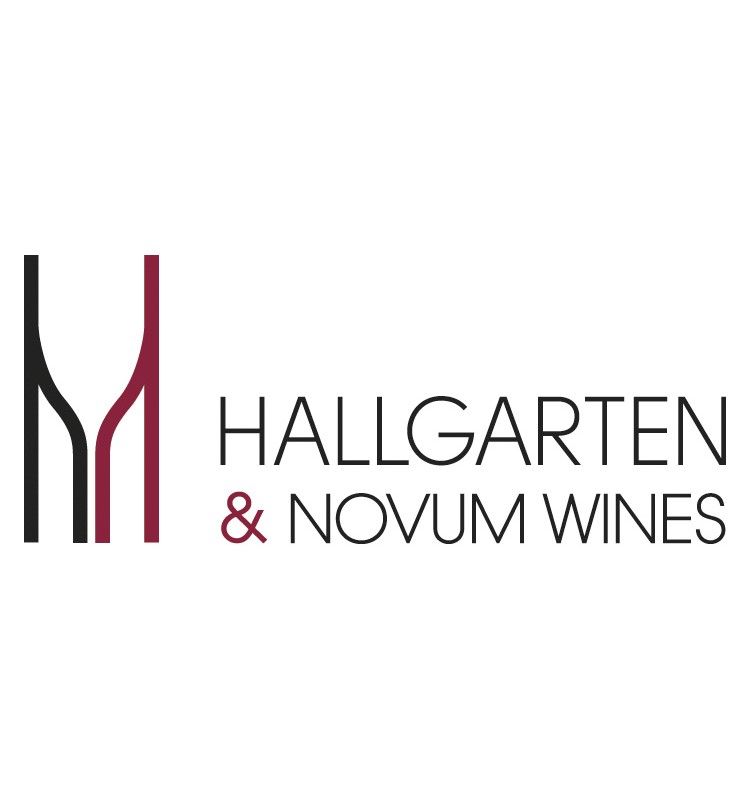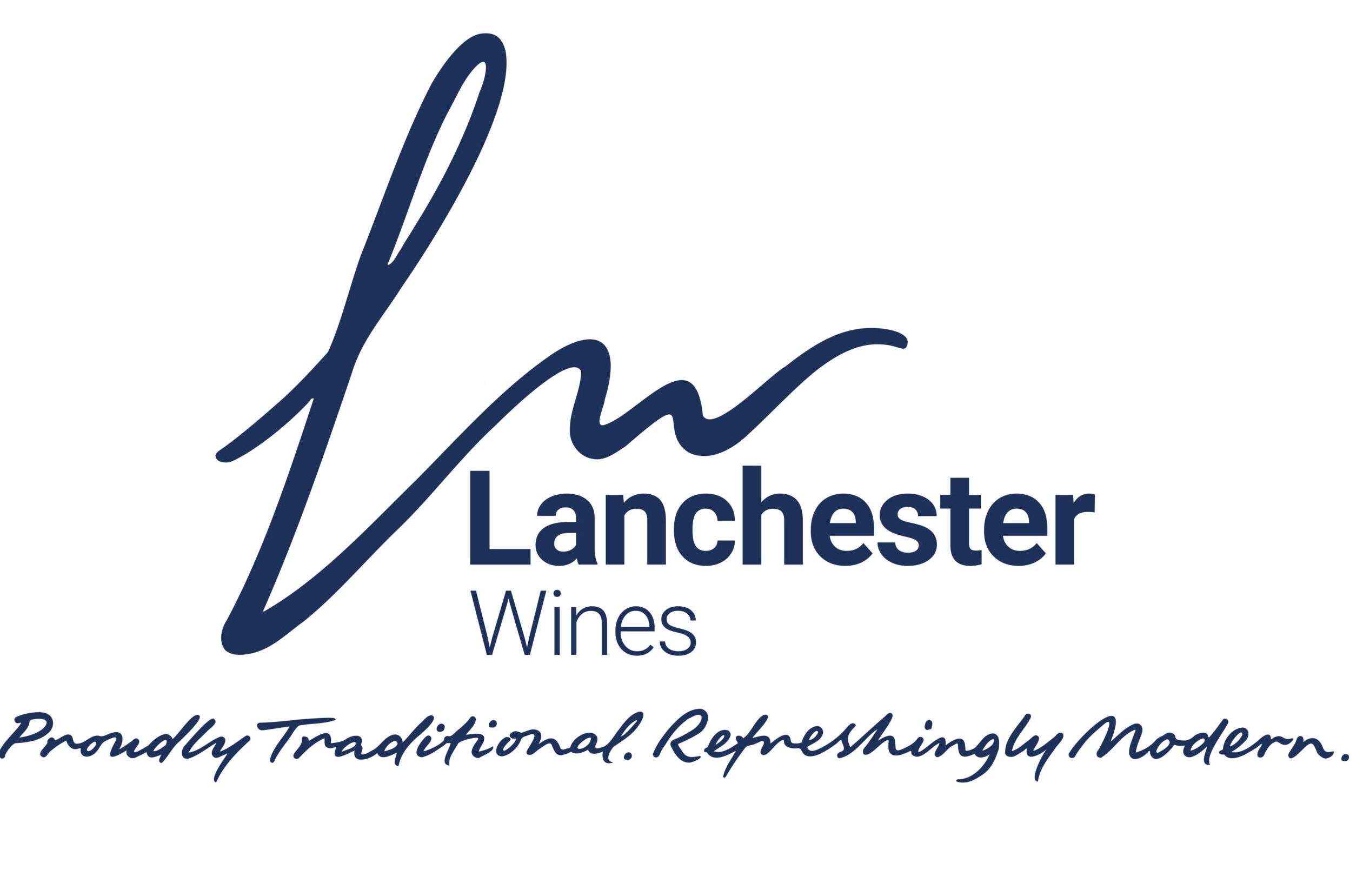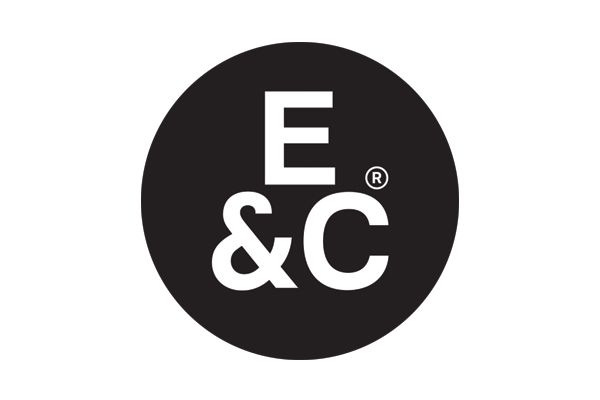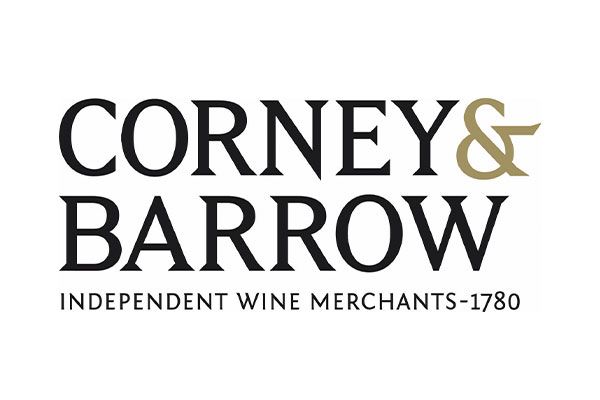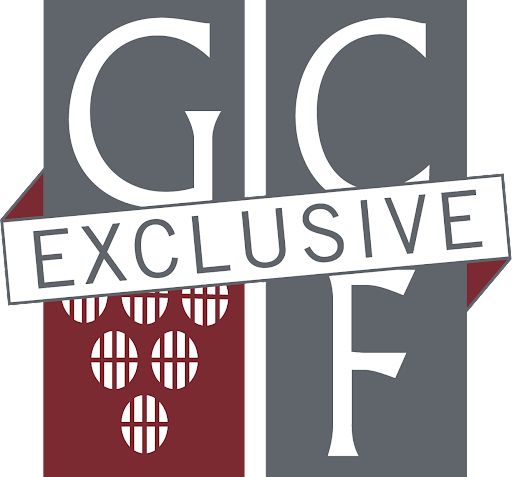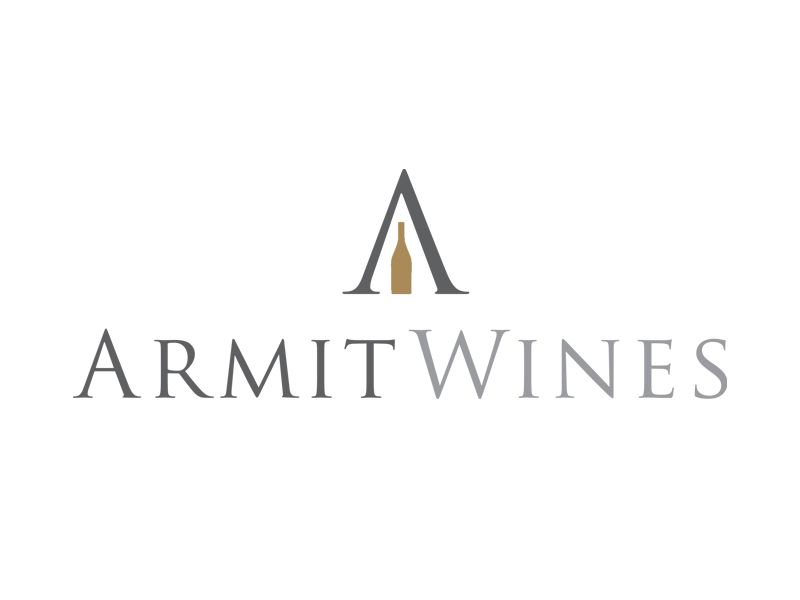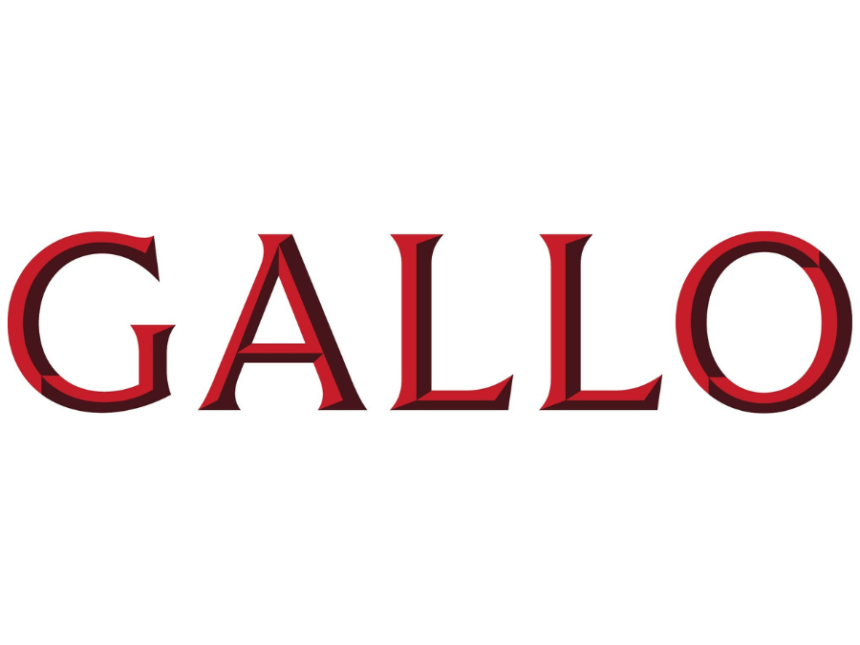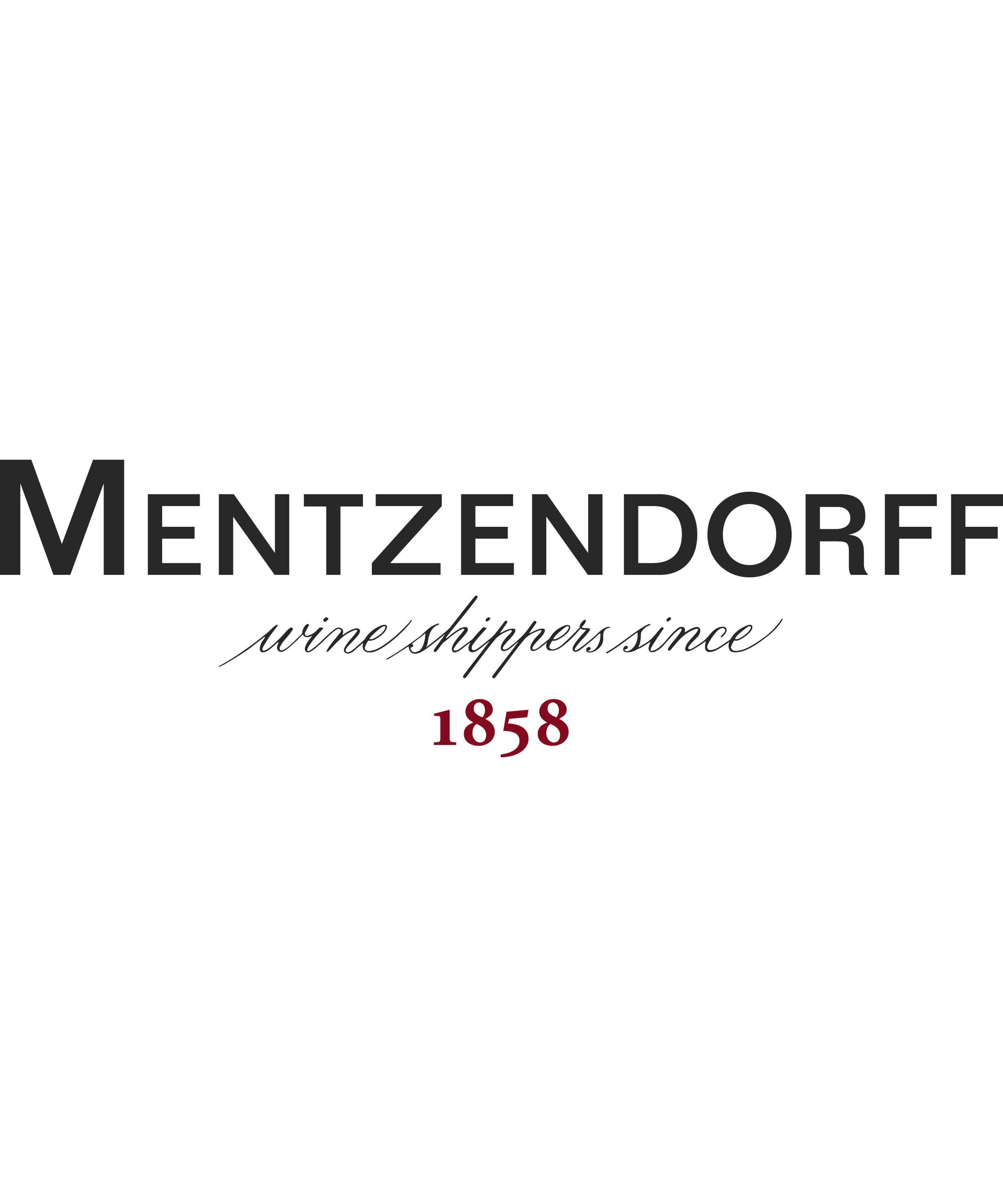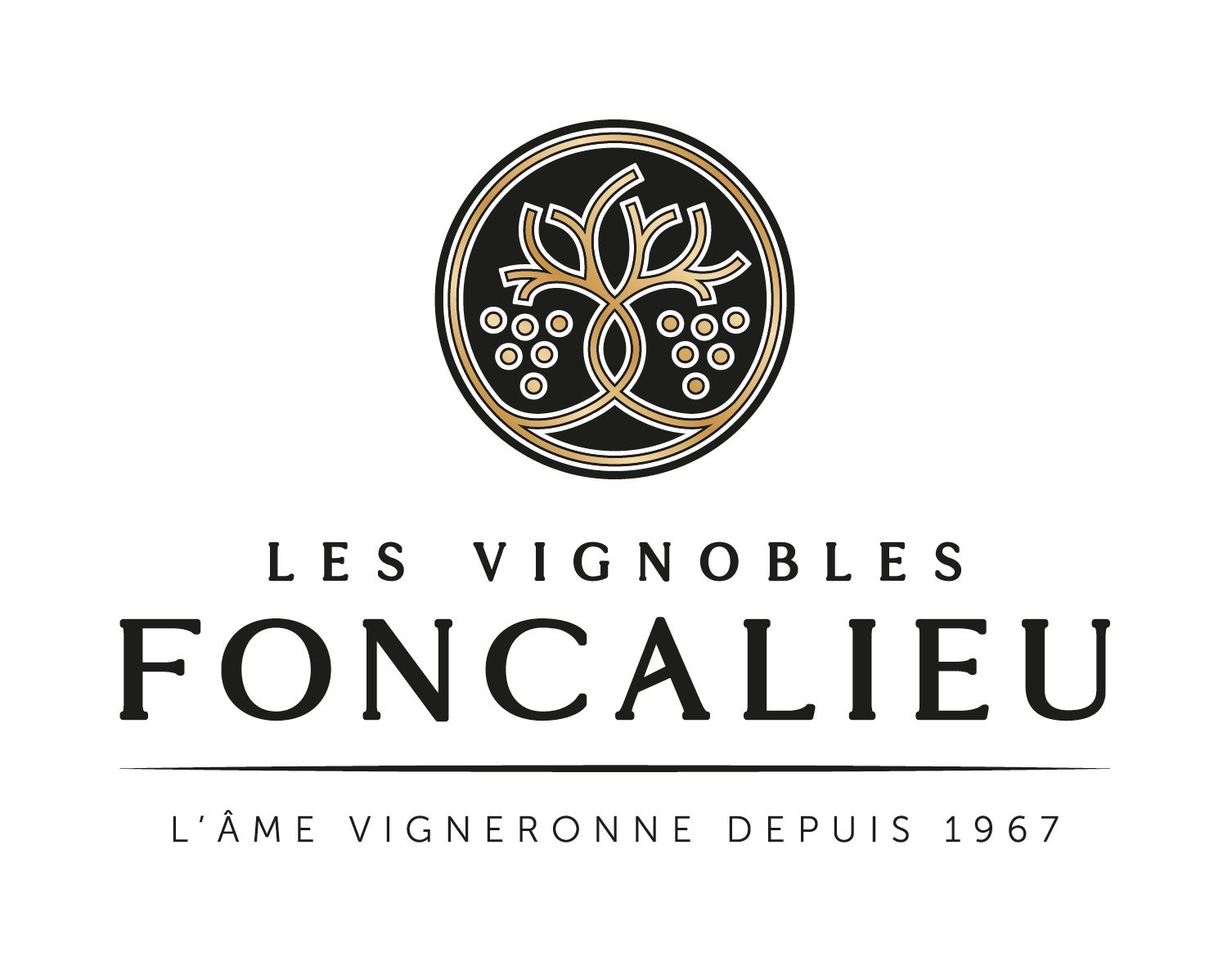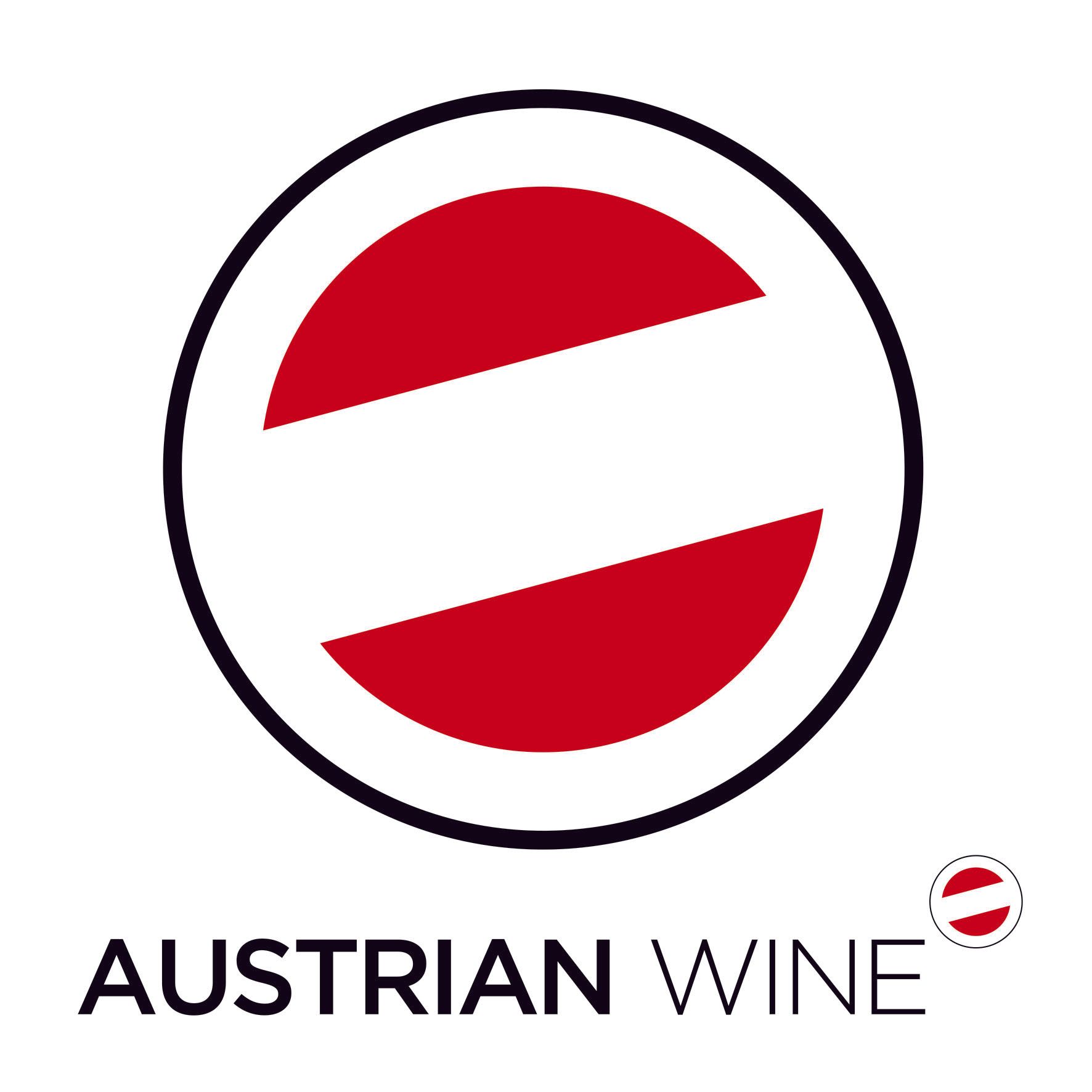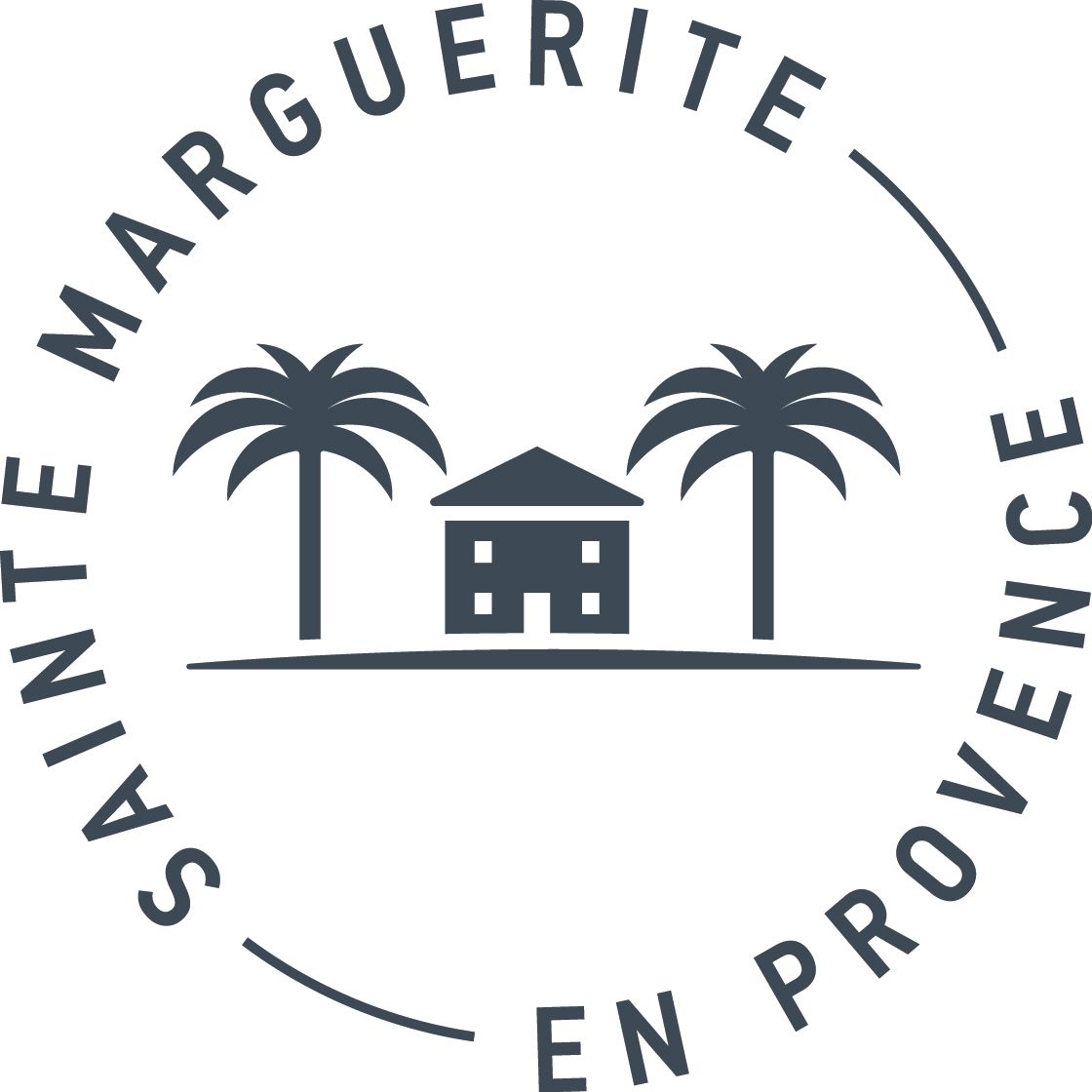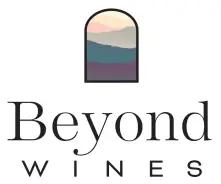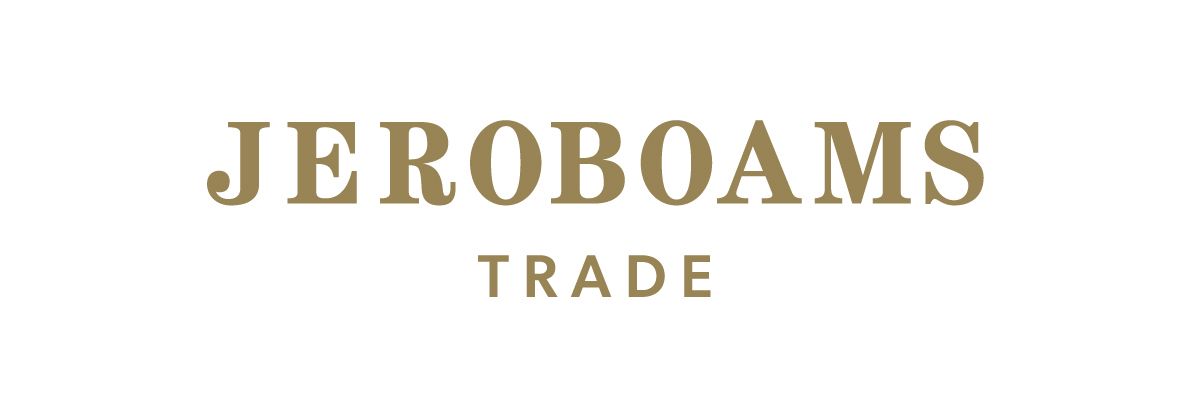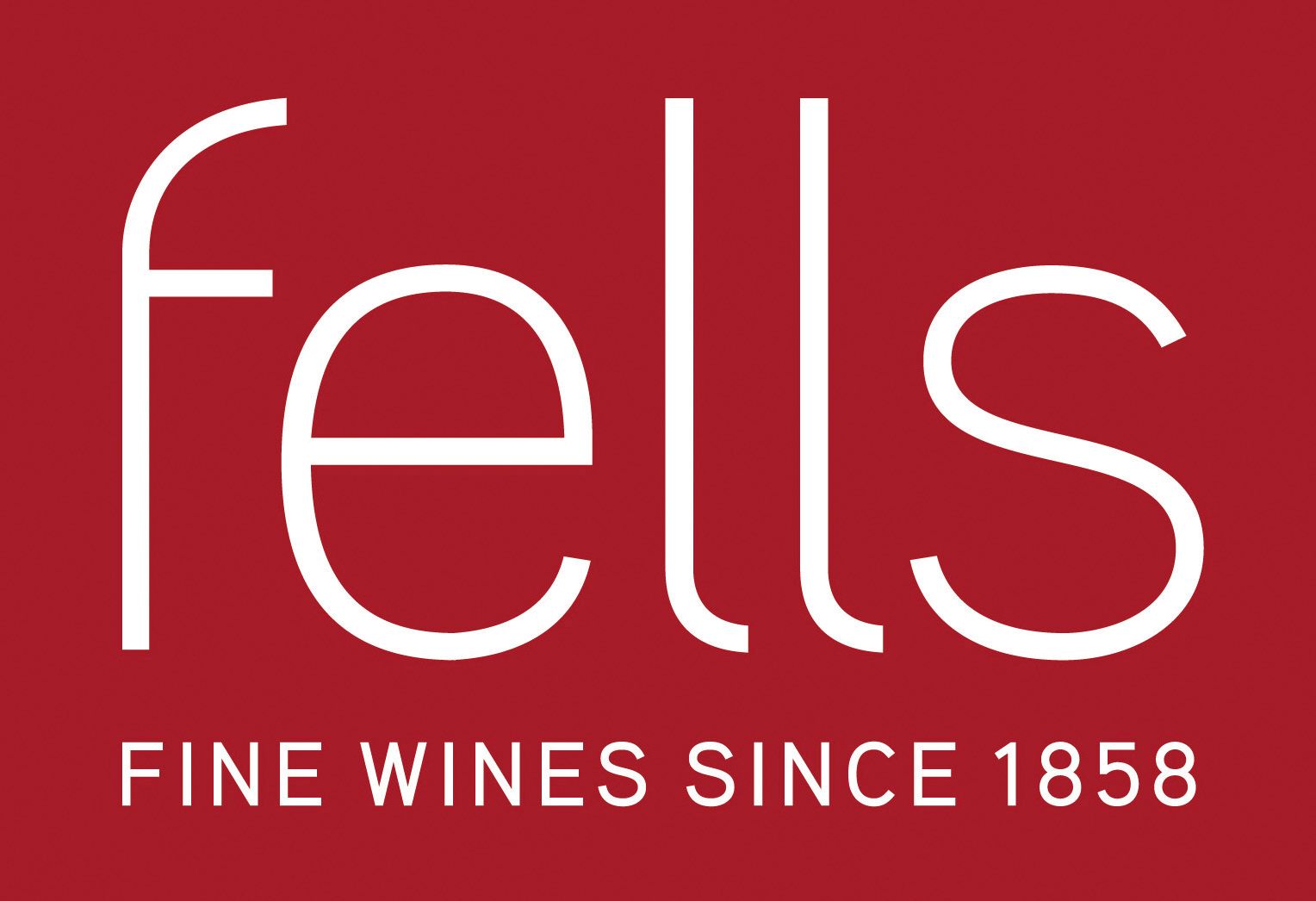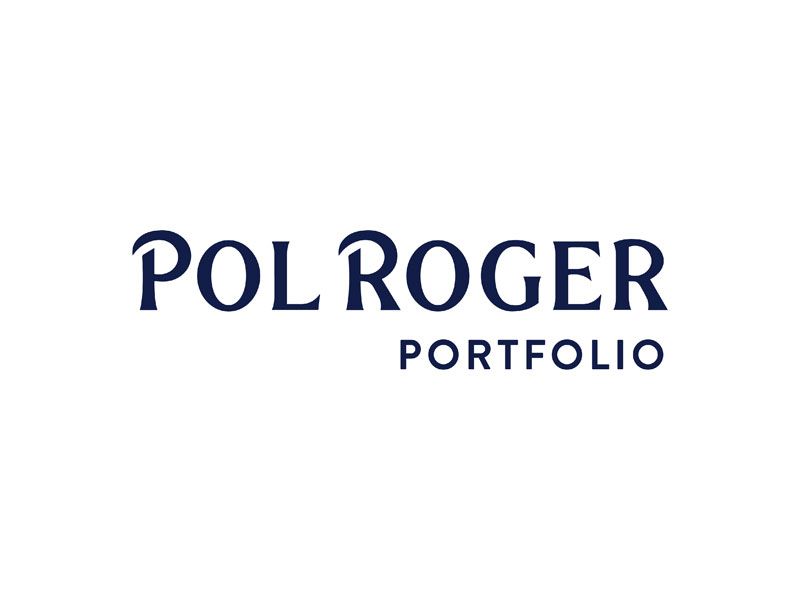It’s a warm sunny day in London, but we are sitting in a cave. That’s a cave with a short ‘a’, the French for a wine cellar. Across the table from me is Julie Cavil, chef de cave at Krug. Lucas Reynaud-Paligot, sommelier at The Connaught, has kindly lent us his office for an hour or two. It’s a relatively small space, painted white and filled with a large round table and four comfortable leather chairs. Wine boxes are stacked against the walls; except for one, made entirely of glass, that surveys an impressive cellar holding what must be several thousand bottles. I spot a magnum of Krug’s single vineyard Blanc de Blancs, Clos du Mesnil.
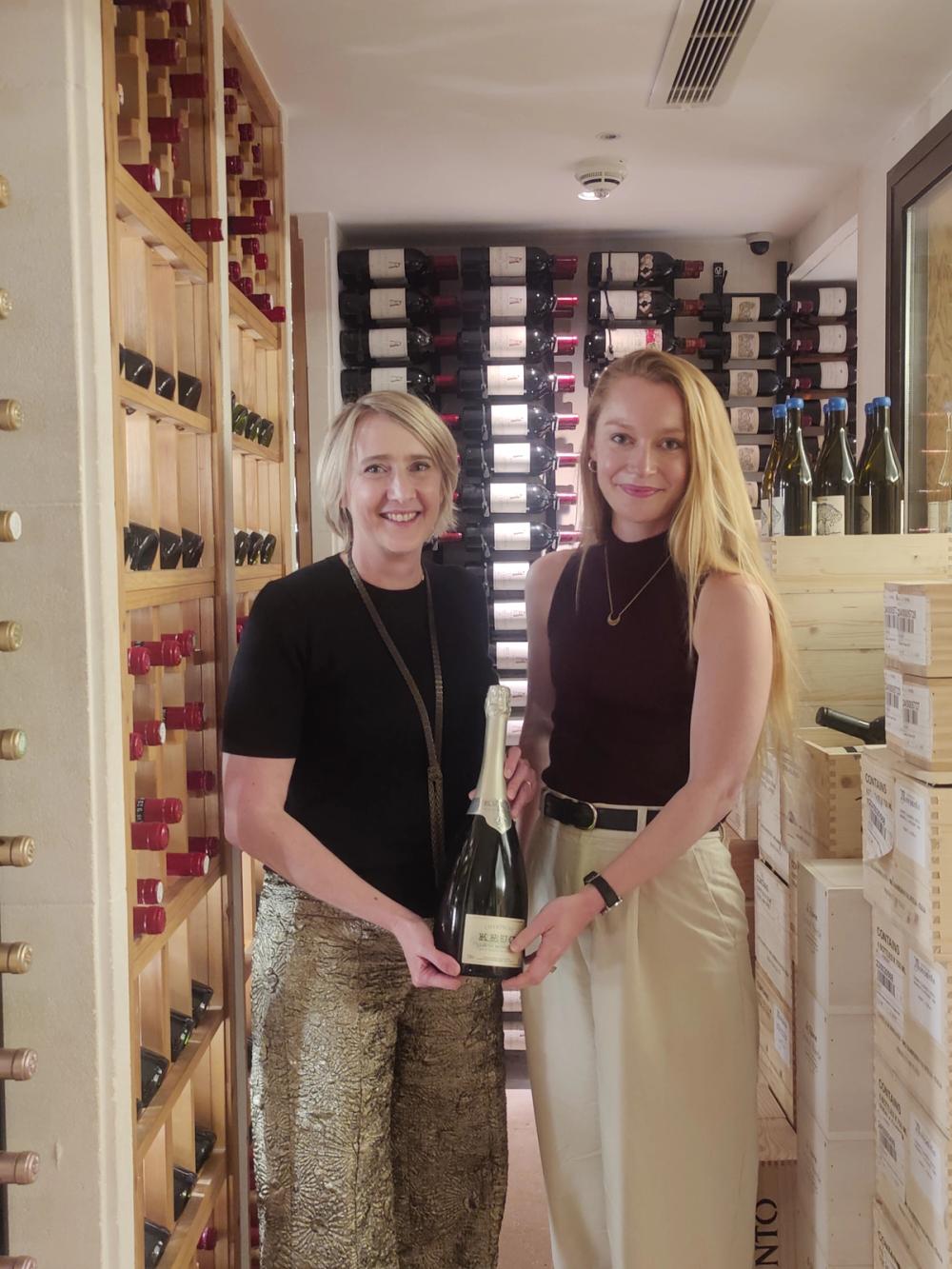
Grande Cuvée is made every year, no matter how poor the vintage - Julie Cavil and Kate Lofthouse (l-r)
But we won’t be opening that today. We are here to taste Krug’s new releases of Grande Cuvée (173rd Edition) and Krug Rosé (29th Edition); two glasses, one tulip, another designed for unoaked whites, sit in front of us. Intrigued, I ask why and how they chose these different shapes: “our former President once said that drinking champagne in a flute is like going to the Opera with earplugs,” Cavil chuckled.
She added that they tested glasses of all shapes and sizes before deciding on these: for the Grande Cuvée, they eventually settled on a tulip shape with a slightly wider than average rim – too narrow and it encourages you to throw your head back and tilt your glass high, forcing the wine to enter your mouth at a greater speed. “This changes your perception of the bubbles and can create a surge of bitterness,” Cavil explained. “And a white wine glass just felt better for the rosé!”
My attention piqued, I raise the tulip to my nose and linger. Cavil smiles.
“What I love about Grande Cuvée is that people always remember the first time they tasted it. Their first time, they want to stay on the nose […] because Krug’s cuvées are full of contrasts. […] Every time I ask a roomful of people what they find in the glass, one half will always identify indulgence, ripe fruits, summer fruits, fullness on the palate, while the other half will say, ah! It’s super fresh, lively, taut, lemony on the finish! And it always makes me laugh, because it’s like they are talking about two different wines – and that is exactly what we are trying to recreate every year.”
‘Cultivating difference’
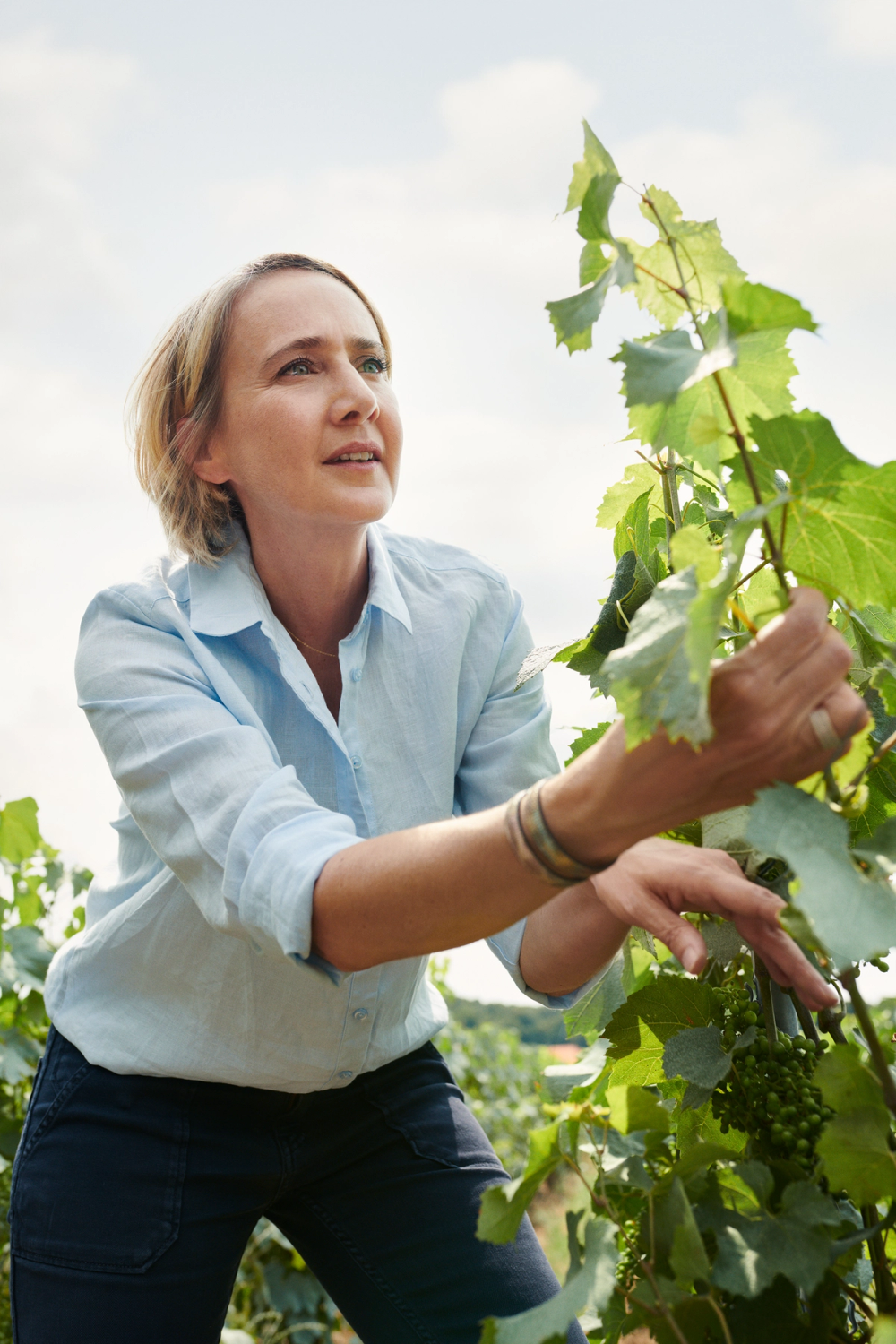
Julie Cavil – working with over 100 different growers and all three major champagne grape varieties
At Krug, she explains, the blending process is focussed around “cultivating difference.” This is why they choose to work with 100 very different growers and all three of the main champagne grape varieties, picked from every corner of the region. All these different parcels from different growers and grapes are then fermented separately in Krug’s 4,200 200-litre old oak barrels.
“To create charismatic champagnes, you need individual characters in the blend; they need to be strong willed, with lots of personality and expression,” Cavil tells me. “We cultivate all these different elements to capture the best possible expression of each of those different parcels, within one champagne.” To do this year after year (Grande Cuvée is made every year, no matter how poor the vintage) they rely on an extensive bank of reserve wines to ‘fill in the blanks,’ or to make up for any ‘excesses.’
An ‘atrocious’ year
Reserves were particularly important in 2017, which the Grande Cuvée (173rd Edition) is largely based on.
“It was a really atrocious year in Champagne!” Cavil tells me. It started well, but then the rain started, and never stopped. 20% of the crop was lost to rot, botrytis, and fungal disease, and grapes had to be carefully sorted.
When they tasted the different parcels, Cavil says, they were “a bit rustic, lacked structure, and could be a little tight, with austere aromas.” They compensated for these shortfalls by making judicious use of the reserves: Pinot Noirs from Verzy and Verzenay were added for structure – particularly those from the early 2000s, which brought maturity, sweetness, and weight – and Chardonnays from 2008 and 2014 contributed finesse and elegance.
All in all, the Grande Cuvée 173rd Edition contains an impressive 150 parcels, vinified separately, from 13 very different years dating back to 2001. “Patience is the first thing you learn at Krug,” says Cavil; the 2017 has been 24 years in the making.
So, what does an ‘atrocious’ year taste like?
“2017 is the perfect illustration of our philosophy at Krug,” Cavil tells me, “If we hadn’t had the idea that you shouldn’t wait for a good year to make a good champagne, we wouldn’t be able to share a glass of Krug today after that terrible year in Champagne!” Gratefully, I lift the tulip again, and taste.
Grande Cuvée 173ème Édition
I see what Cavil means about Grande Cuvée’s dual personality. The nose is expressive, toasty, full of lemon curd, waffles, pineapple and caramel, yet fresh notes dance like sea spray, quivering brine and fragrant citrus. The same richness is present on the palate, but with an even brighter hue; stone fruits and patisserie blend into a long finish defined by a squeeze of lemon on shucked oysters.
Krug Rosé 29ème Édition
The Rosé is a much newer edition to the portfolio than the brut, with only 28 previous editions to date. Although it is made following the same philosophy as the Grande Cuvée, the blending process is “much more difficult […] it’s almost a work in progress cuvée,” says Julie. Aptly, the 29th edition contains 29 different wines and five vintages dating back to 2010. It is pale pink and full of summer berries; strawberry, raspberry, and cream. It manages to be delicate, yet carries a certain weight, brightened by citrus notes of blood orange and grapefruit on the finish. “It’s like a summer breeze,” Julie smiles.
